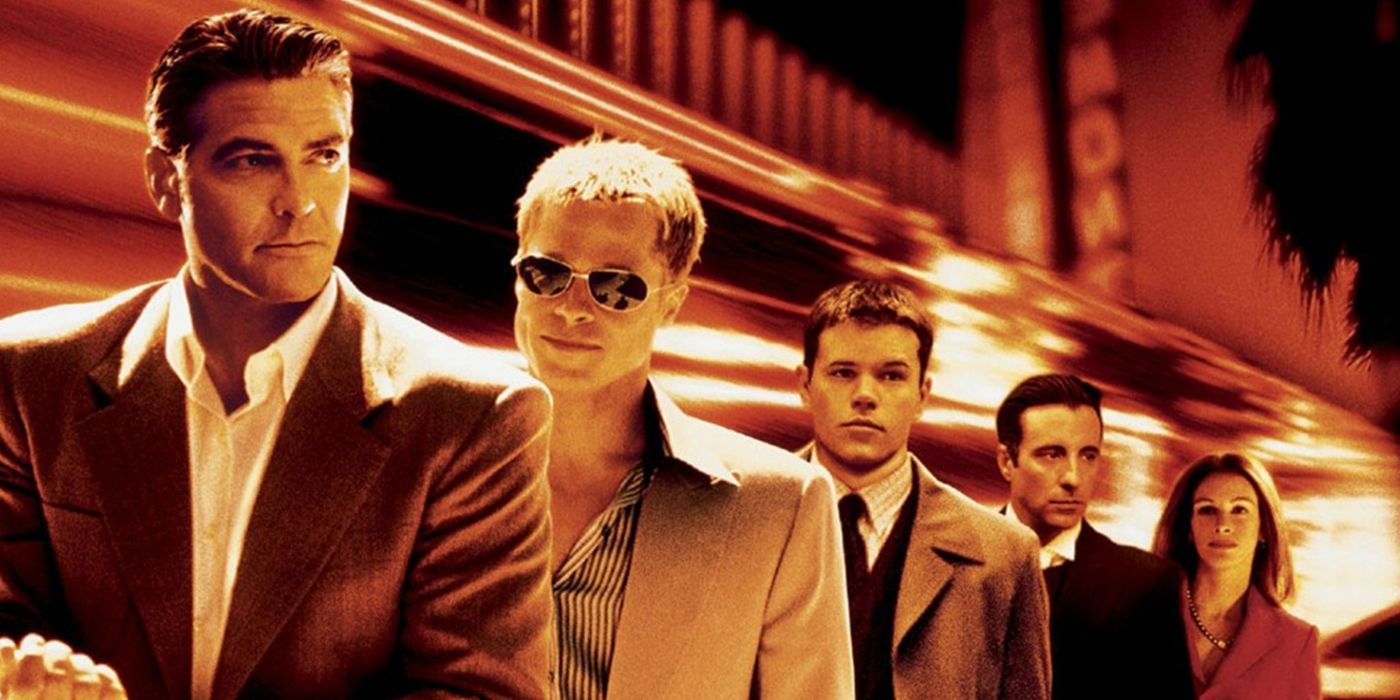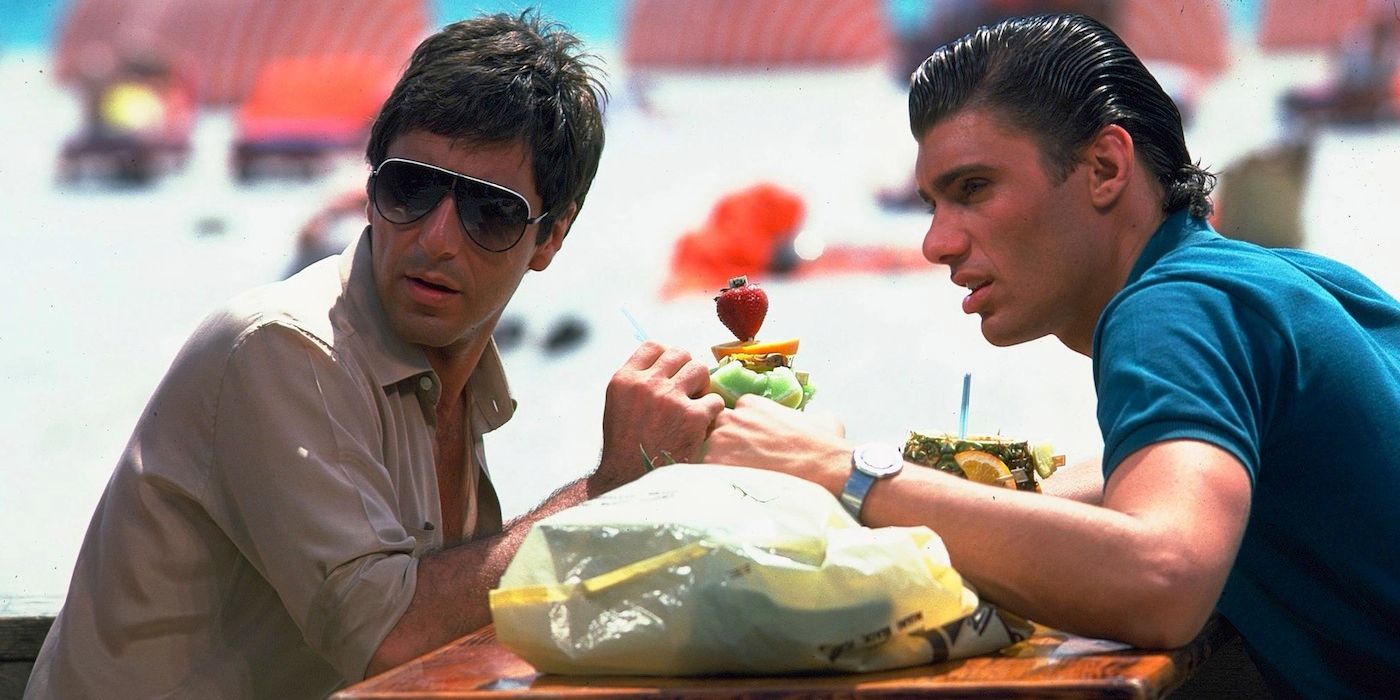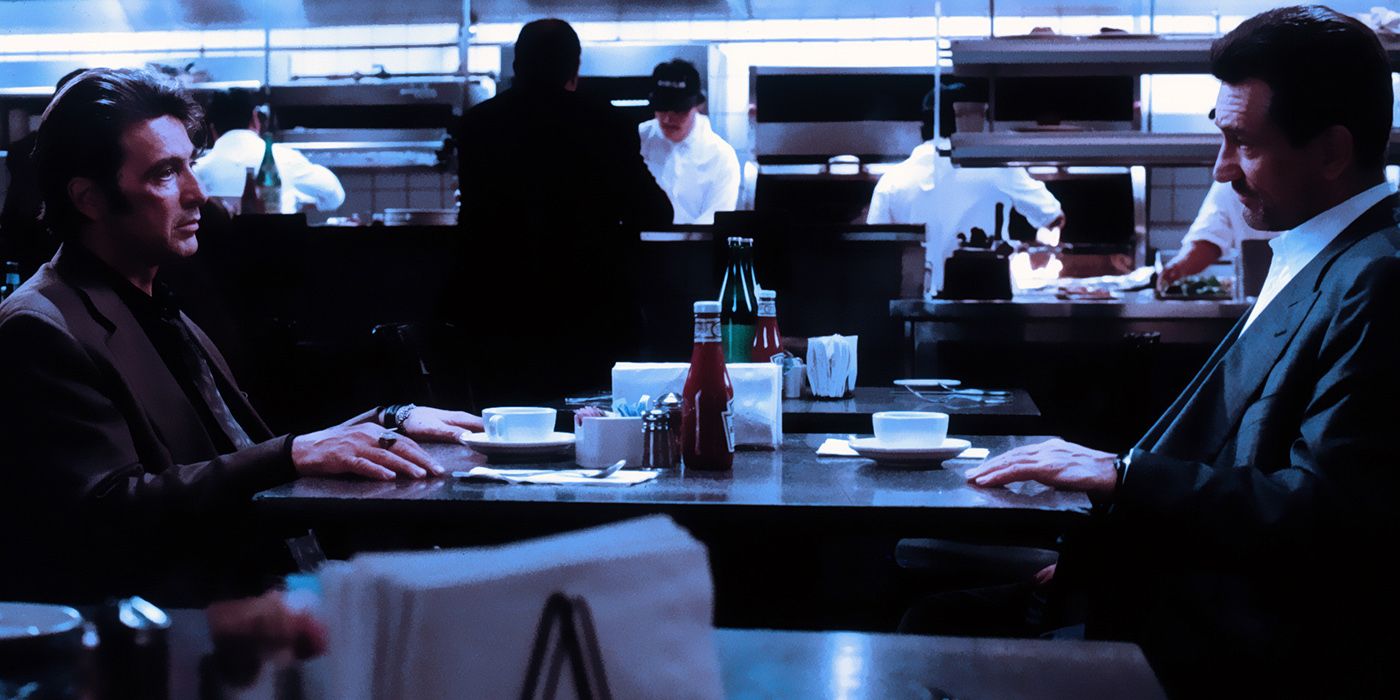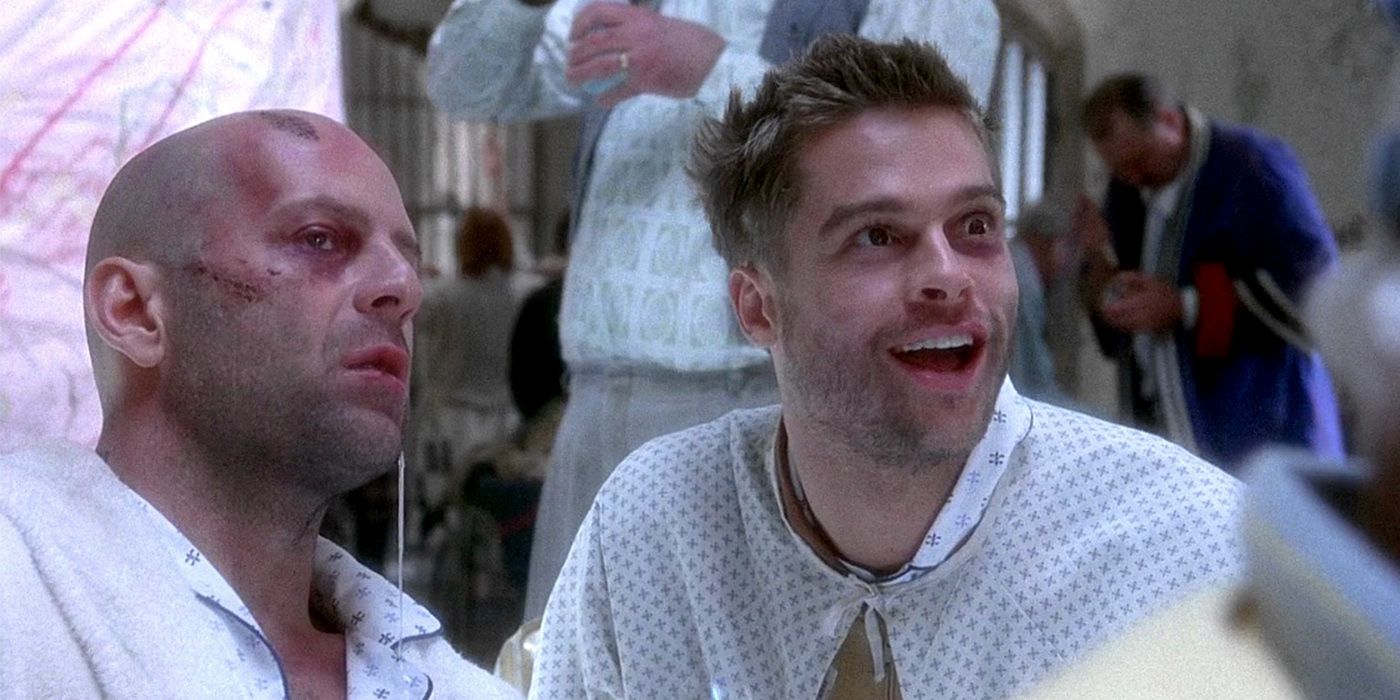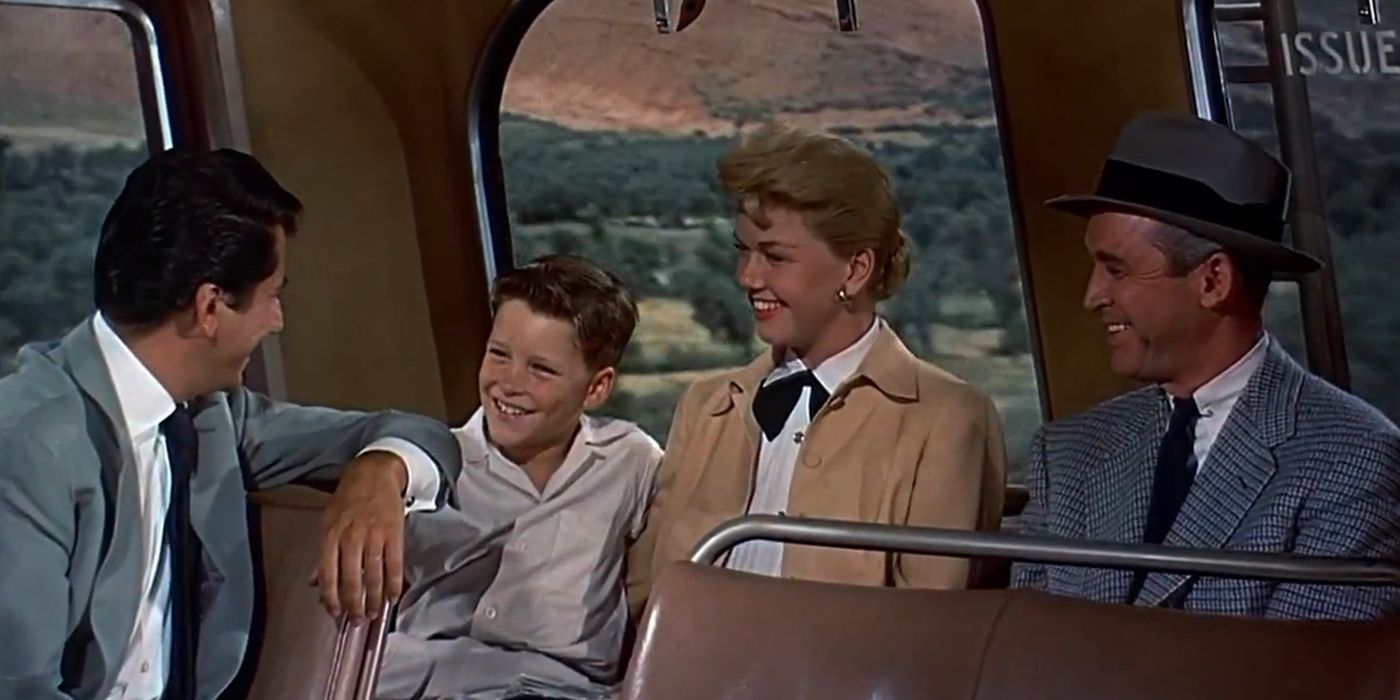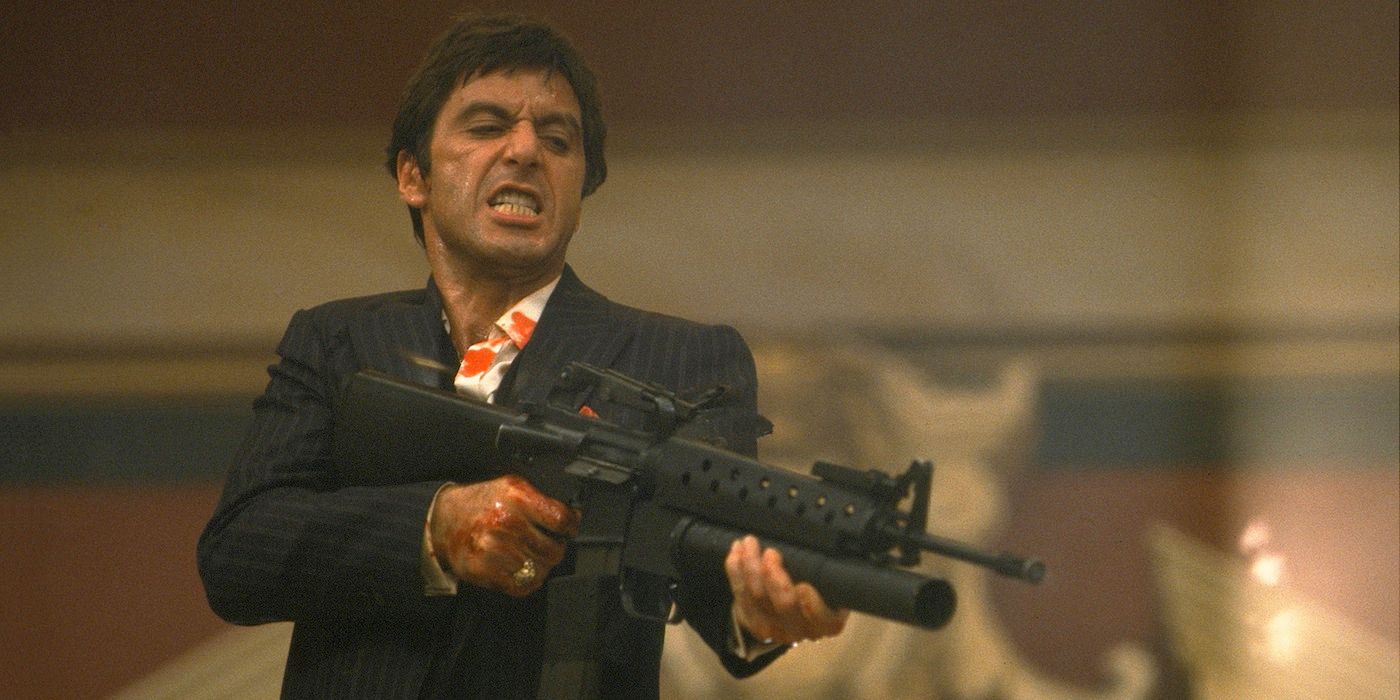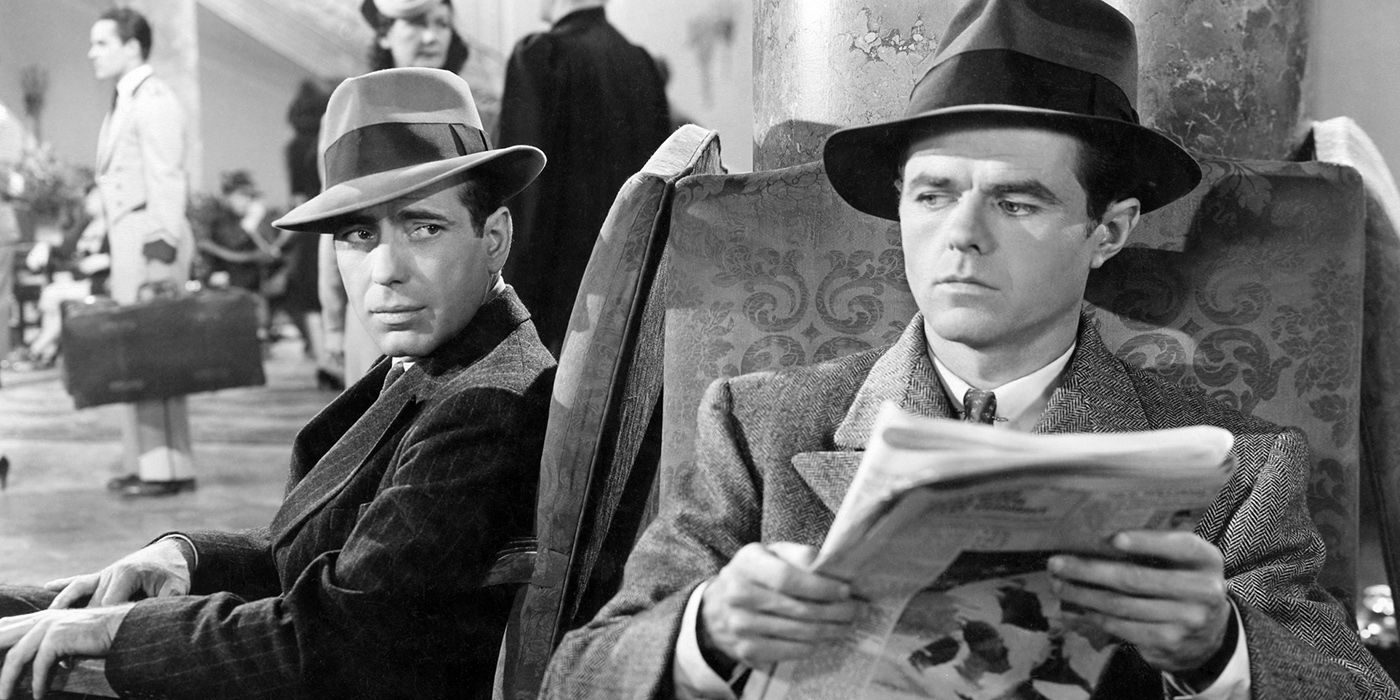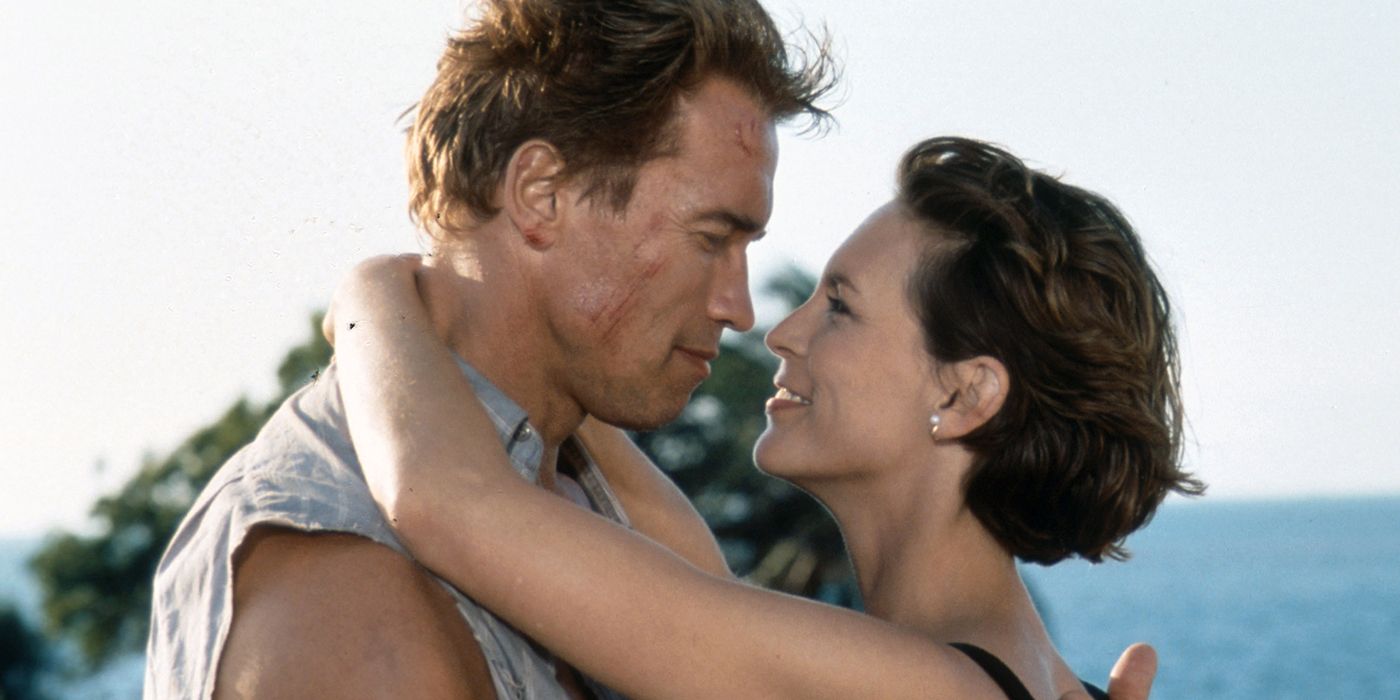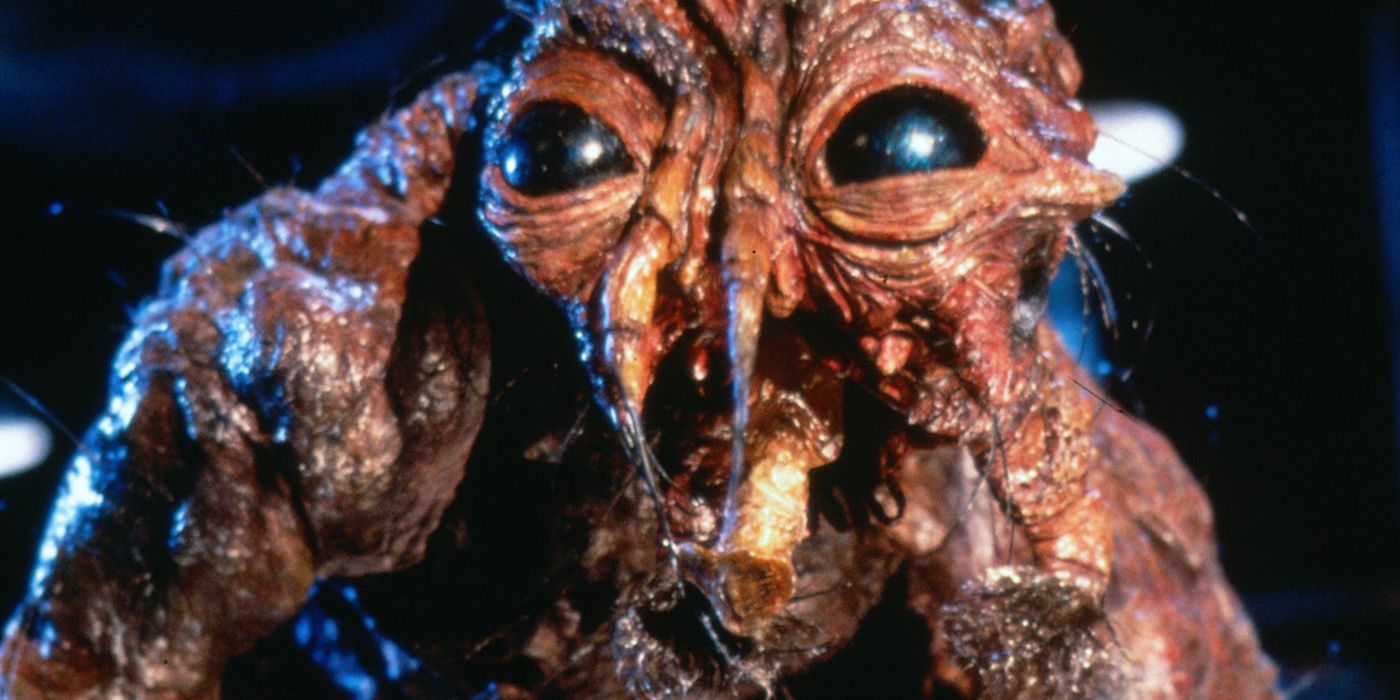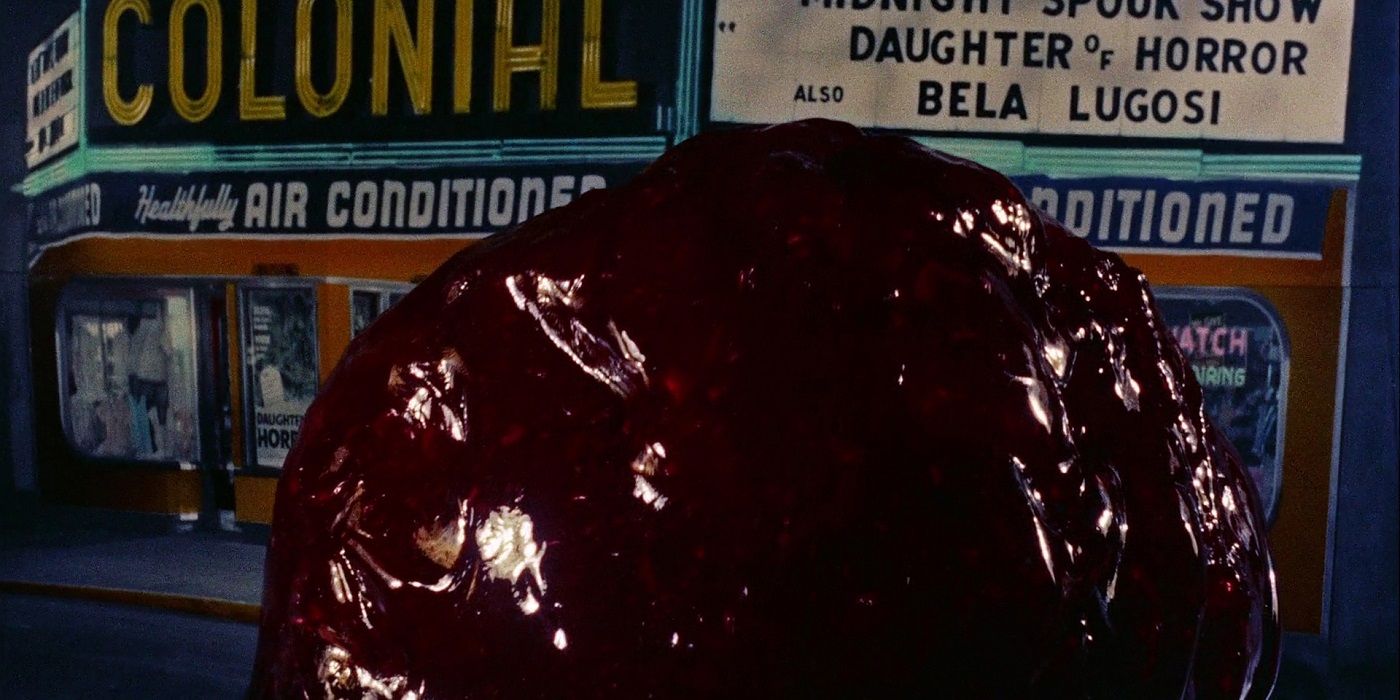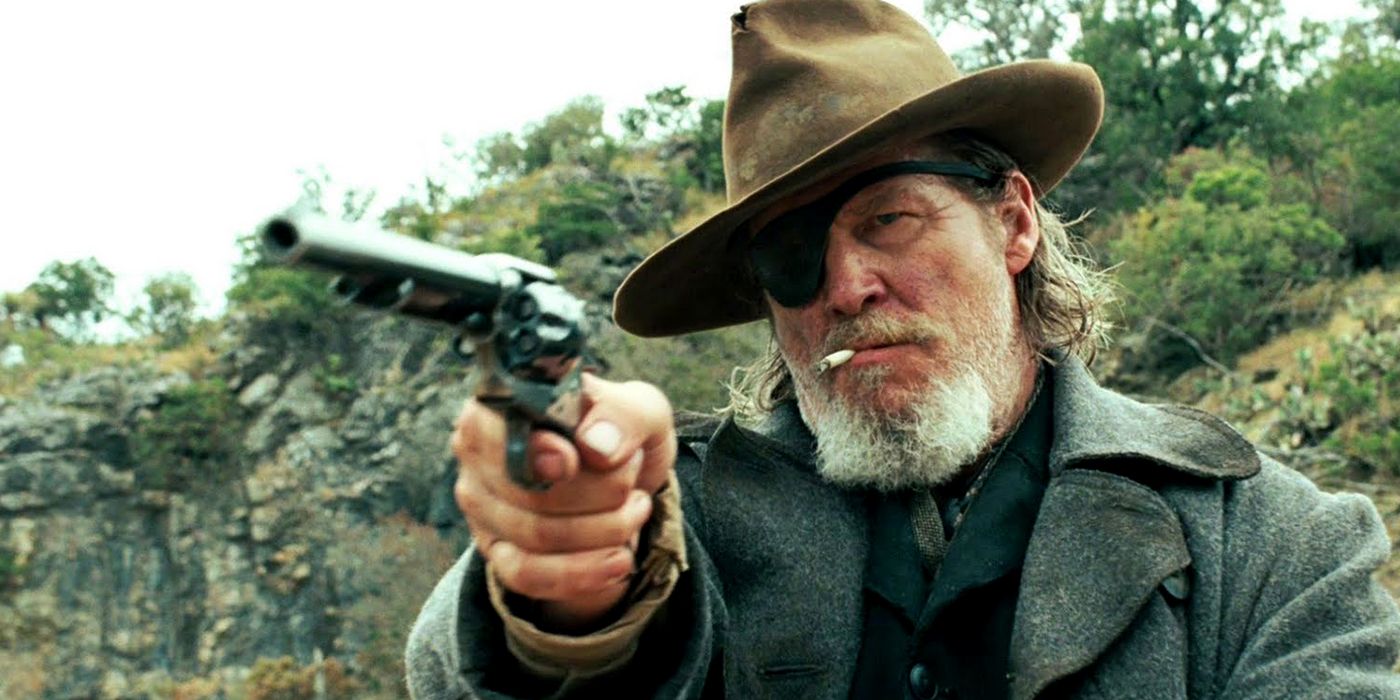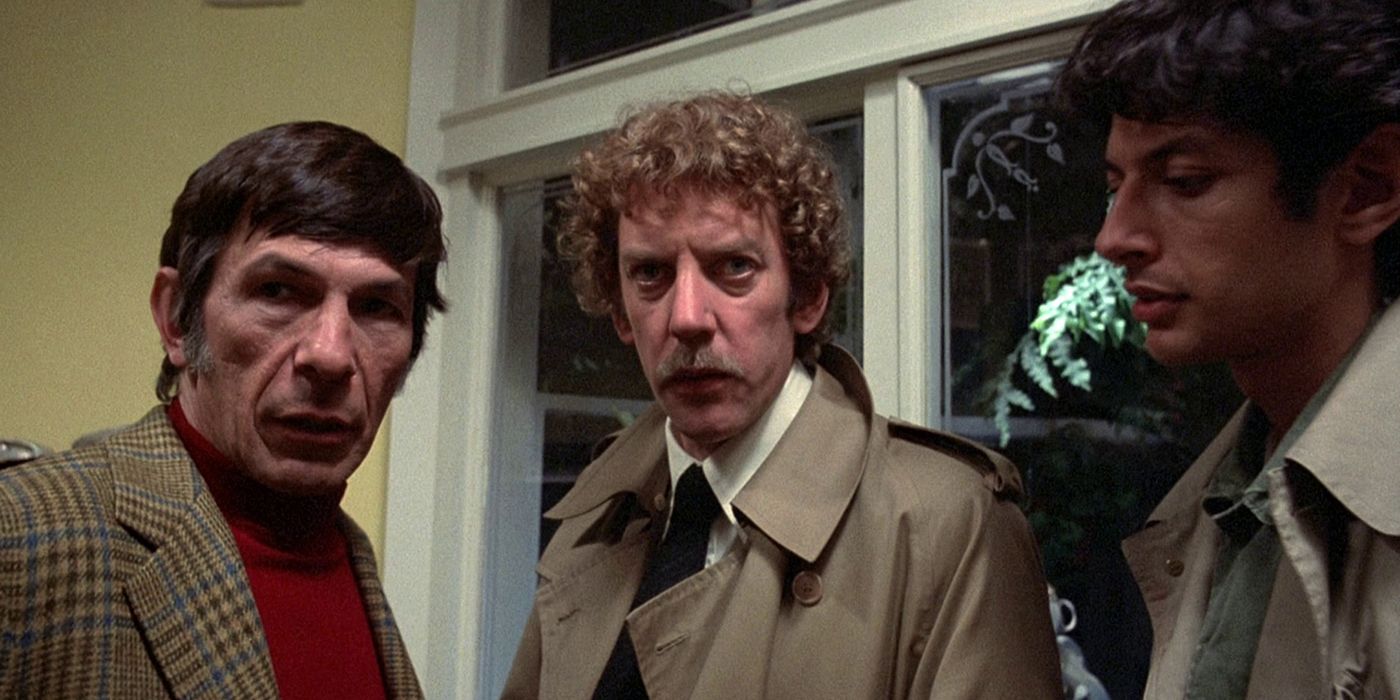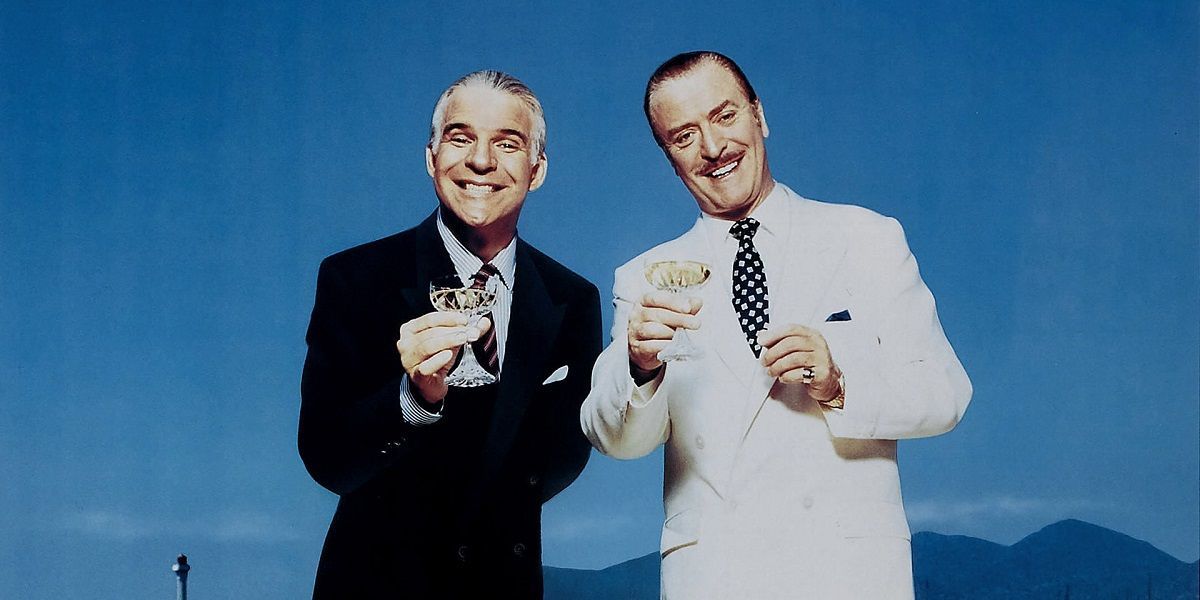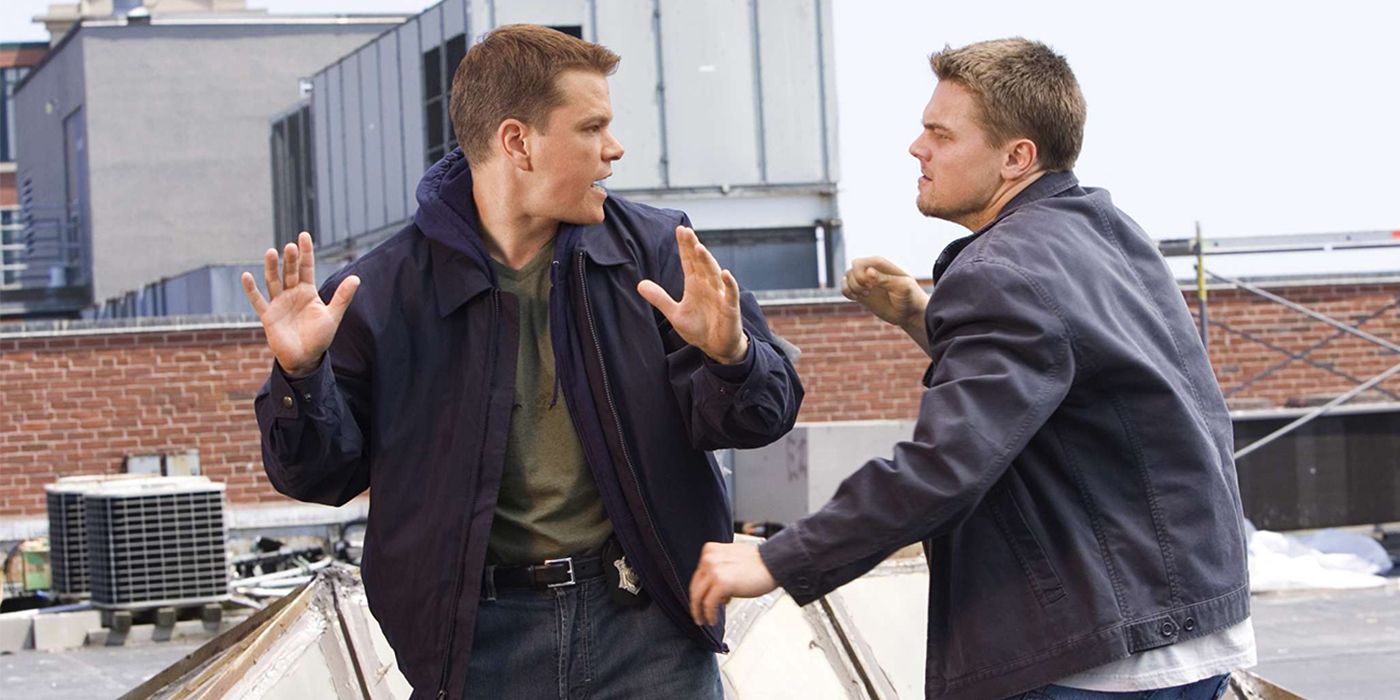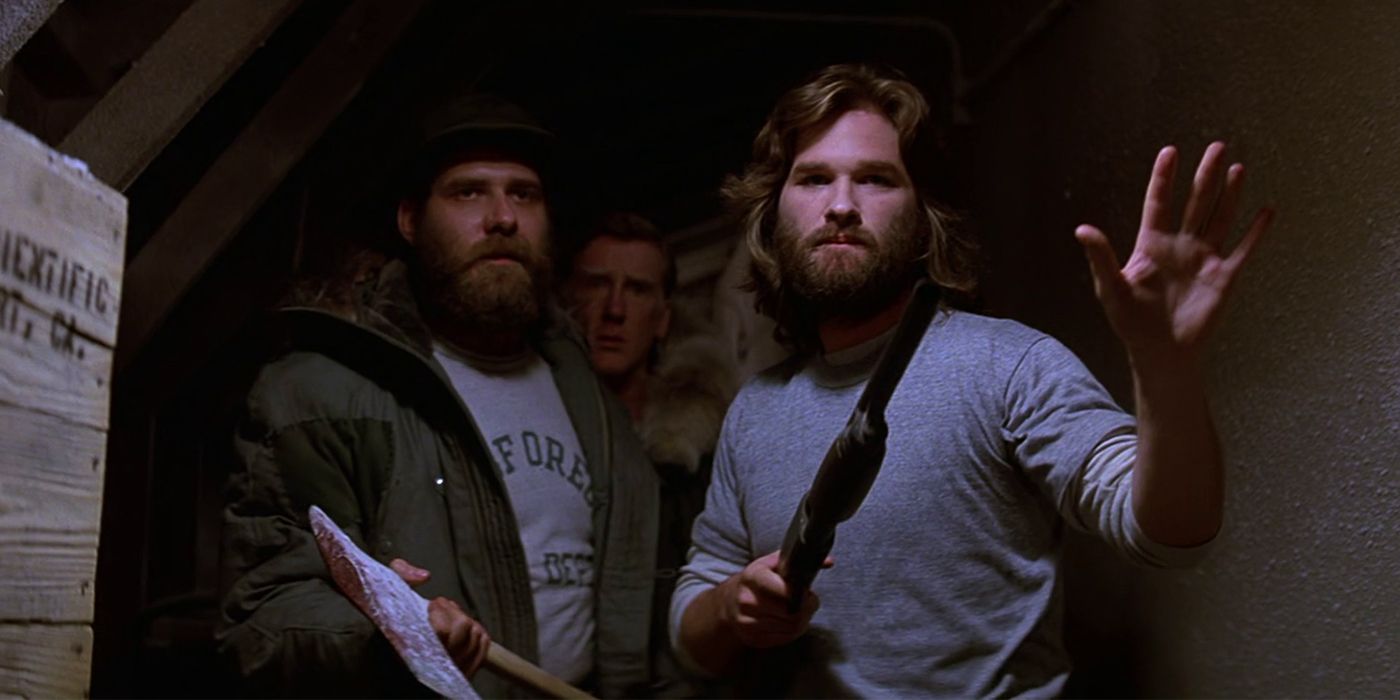Every time Hollywood announces it will be remaking another beloved film, it is inevitably met with a chorus of people shouting about the industry’s lack of originality. Though the need to constantly remake classic films can be debated, one thing cannot: Remakes are one of the pillars that the film industry has been built upon, and they’re not going away anytime soon.
In 1903, The Great Train Robbery (directed by Edwin S. Porter) was wildly successful for being one of the first major films to tell a complete, concise story. Though copyright law protected it from being duplicated, it did not (at that time) protect the story's content. Thus, in 1904, director Siegmund Lubin created a nearly shot for shot recreation of the film titled Great Train Robbery and launched the tradition of the remake. Other, early, notable remakes include 1908’s A Christmas Carol and 1918’s The Squaw Man.
Keeping in mind that remakes are nothing new, perhaps it’s time to finally embrace them. After all, no matter how good or bad the new version is, the original still exists untainted. With that spirit, here’s a list of 14 Movie Remakes That Are Better Than The Original.
14. Heat
L.A. Takedown (1989): In 1979 director Michael Mann had a 180 page draft of the film Heat. Unfortunately, no one wanted to make it. Coming off the success of creating Miami Vice, he removed nearly all the subplots and trimmed it down to 90 minutes before pitching it to NBC, who greenlit it as the pilot for a new TV series, but the executives didn’t like it, so they aired it as a TV movie instead.
Heat (1995): Though the two share only 10 minutes of screen time together, this project was billed as the first time giants Al Pacino and Robert De Niro would act against one another. The plot of the film follows the similarities between both a criminal and a detective's career, as well as the collateral damage caused by the pursuit of those vocations. After tweaking the revised script and reinserting all of the deleted subplots, Heat comes in at a runtime of nearly three hours.
Though Heat does have the incredibly brilliant diner sequence (one of the two shared scenes between Pacino and DeNiro), it also suffers from being excessive in length. In contrast, the original L.A. Takedown plays as exactly what it is, a made-for-TV movie that was built on a script full of budgetary compromises, clearly making Heat the better of the two films. Where the original failed to find an audience, the remake was a staggering success, making almost $190 million off of an estimated $60 million budget.
13. 12 Monkeys
La Jetée (1962): Chris Marker directs an incredible French short film that tells the story of a man living in a post-apocalyptic prison, who is recruited by scientists in an attempt to travel through time to fix their present. The protagonist is obsessed with the memory of having watched a man die while visiting a “jetty” (an observation deck at the airport) as a youth. The thought-provoking tale is told almost exclusively through black and white photographs rather than moving pictures.
12 Monkeys (1995): Directed by Terry Gilliam, the film stars Bruce Willis and Brad Pitt in a script that takes the concept from the original, but transforms it into a feature length plot. This time set in a post-apocalyptic Philadelphia, it is instead a virus (believed to have been caused by a terrorist group called The Army of Twelve Monkeys) that has taken down humanity. A group of scientists enlist the help of James Cole (Willis) to time-travel in an attempt to discover more about the origins of the virus.
Although both versions of the movie are amazing, it’s the feature length version that plays as a more realized concept. The original short movie clocks in at 28 minutes, and though it succeeds in telling a thought-provoking story, you don’t have enough time to familiarize yourself with the characters. The result of which leaves the viewer feeling somewhat removed from the two main characters in the climax of the short film. Recently, 12 Monkeys was also adapted into a television show and in a brilliant twist of irony, Terry Gilliam denounced the remake as a "very dumb idea" even though, y'know, it's already a remake.
12. The Man Who Knew Too Much
The Man Who Knew Too Much (1934): Directed by Alfred Hitchcock, the film follows a British family vacationing in Switzerland as they become unfortunately involved in a complex assassination plot. Early in the film, the couple (Leslie Banks and Edna Best) befriend a Frenchman whom is promptly killed. With his dying words, he gives the father information that sets off a chain reaction of events, resulting in their daughter's kidnapping. The film is largely notable for igniting Hitchcock’s infatuation with the crime genre.
The Man Who Knew Too Much (1956): In one of the few historical instances of a director remaking their own property, Hitchcock returned two decades after the original to do exactly that. This time, the film centers on an American family on vacation in Morocco, while borrowing the overall plot of a normal family enduring during extraordinary circumstances. The film stars James Stewart (Ben McKenna) and Doris Day (Jo McKenna) as they attempt to save their kidnapped son after hearing the dying words of a murdered man.
Though the original is a fine film, the remake is made by a director that has not only refined his style, but has the benefit of a bigger budget, resulting in a much more polished final product. However, the main thing that makes the remake stand out is the brief comedic moments that Hitchcock allows Stewart to have. Portraying an awkward American struggling to learn Moroccan ways, the film has several laugh out loud moments in it's more laid back sequences. This clever comedic touch is especially prevalent in the final moment of the film as Stewart enters the room and apologizes to his friends about being “gone so long.”
11. Scarface
Scarface (1932): Produced by Howard Hughes and Howard Hawkes and directed by Hawks and Richard Rosson, the original Scarface is loosely based on the life of legendary gangster Al Capone (who sported a scar on his left cheek). The film takes place during prohibition, as we watch Italian immigrant Tony Camonte (played by Paul Muni) slowly take control of the Chicago underworld. Soon, his eyes become bigger than his stomach and he is taken down in a blaze of gunfire.
Scarface (1983): Written by Oliver Stone and directed by Brian De Palma, this film follows a similar plot, but moves the story to Miami and changes the ethnicity of the main character (Al Pacino) to Cuban. As opposed to illegal alcohol, the film’s gangsters deal predominantly in cocaine. Throughout the film (which sports a nearly three hour runtime) we again witness the rise and fall of the central character due in most part to greed.
While both films were racy for their time (1932’s version was one of the inciting movies that led to the creation of the Production Code Authority, which censored sexuality and violence) the passage of time allowed the 1983 movie much more artistic freedom. Perhaps it’s due to a loss of innocence, but the hyper-violent, drug-fueled rage of De Palma’s film is a much more fun cinematic experience than Hughes’ production of bootleggers who merely elude to sex.
10. The Maltese Falcon
The Maltese Falcon (1931): Directed by Roy Del Ruth, the film is based on the 1929 detective novel by Dashiell Hammett of the same name. The story follows detective Sam Spade (Ricardo Cortez), who is hired under false pretences by a damsel in distress (Bebe Daniels) to locate her sister. The story spins a complex yarn involving murder, cheating, and deception all centered around the figure of a black bird.
The Maltese Falcon (1941): Made by first time director John Huston and starring Humphrey Bogart as Sam Spade, the film follows the same plot as both the book and previous movie. With a higher production budget, the benefit of new cinematic technology, and a higher caliber of talent, the result was both a commercial and critical success, receiving three Academy Award nominations.
This is a tough one. Since the 1931 version is pre-Hays Code, it allows for a much more explicit adaptation of the original novel, and even included hints of homosexuality. In much the same vein, the ending of the original version rewards Spade’s character for his bad behavior throughout the film by making him District Attorney. But it’s not the content that makes the 1941 version the superior film, it's Bogie. Few actors naturally ooze that suave charisma as much as Humphrey Bogart, and his depiction of the character alone makes it the stronger project.
9. True Lies
La Totale! (1991): Directed by Claude Zidi, the film centers around the character François Voisin (Thierry Lhermitte) as he lives his life posing as a boring telecommunications employee. In reality, François is known as The Sword, one of the best secret agents in France. After discovering a man falsely-claiming to be a spy (who is attempting to seduce his wife) he kidnaps the both of them and hijinks ensue.
True Lies (1994): Written and directed by James Cameron the film features a star-studded cast including Arnold Schwarzenegger, Jamie Lee Curtis, Tom Arnold, Charlton Heston, Bill Paxton, and a young Eliza Dushku. Following the same overall plotline, True Lies has the benefit of a much higher budget and thus, much higher production value.
At their heart, both movies are spy films, a genre that benefits greatly from having a massive budget. Though there is an intrinsic charm in La Totale!, the film pales in comparison for this reason. Additionally, in True Lies, Schwarzenegger denies the sexual advances of the femme fatale, giving the audience an intrinsic respect for the character.
8. The Fly
The Fly (1958): Directed by Kurt Neumann and starring Vincent Price (as François Delambre), The Fly is a tale of science run amok. In the story, François receives a call from his sister-in-law confessing to the murder of his brother. After exhibiting erratic behaviors, she eventually breaks down and confesses the true story. We watch the grief-stricken widow recount the tale of her husband creating a matter transportation device that he tested on himself. After a fly mistakenly enters the chamber, he merges with the insect and eventually insists on her helping him commit suicide.
The Fly (1986): Directed and co-written by the notorious David Cronenberg, the film lifts the same overall plot while making incredibly complex changes to an already interesting story. The movie follows eccentric scientist Seth Brundle (Jeff Goldblum) and the journalist (Geena Davis) tasked with chronicling his latest invention, a matter transporting machine. Though based on the same story, Cronenberg ups the ante in nearly every way possible.
The 1958 version of The Fly is notable for being one of the first two movie entries into the “body-horror” sub-genre of film (the other being 1958’s The Blob). As one of the most high-profile directors ever to dabble in the style, it’s quite appropriate that Cronenberg was the one to remake this project. However, as interesting as the visuals may be, this movie truly shines in terms of story. Not only does the remake allow us to witness the physical transformation of the protagonist, we also follow the mental degradation that comes along with it. This results in the audience’s willingness to both root for and against Goldblum’s character in the final act of the story.
7. The Blob
The Blob (1958): Directed by Irvin Yeaworth, the original is probably best remembered as the first starring role of a 28-year-old Steve McQueen. The film follows two teenage characters who, after seeing a meteor crash while necking at Lover’s Lane, decide to find the object. They’re beaten to it and instead discover a farmer slowly being devoured by a parasite. Though it had a shoestring budget of $120,000 (low, even for a B-movie at the time), it pulled in $4 million in box office.
The Blob (1988): Director Chuck Russell became interested in the young Frank Darabont after reading his spec script for the television show M*A*S*H. After agreeing to merge their writing talent, the duo got the gig of rewriting Nightmare on Elm Street 3: Dream Warriors and then used its success to pitch the script for the 1988 remake of The Blob. The remake features updated visuals, while keeping intact the general story of two teenagers against a parasite from space.
While both films are great, the original is hindered by poor special effects and a low budget. The remake succeeds in not only paying loving tribute to the original but also delivers an original script that improves the concept in many ways. Remake or not, this film executes this concept to perfection.
6. True Grit
True Grit (1969): Directed by Henry Hathaway and starring John Wayne as U.S. Marshal Rooster Cogburn, the film is one of the quintessential classic films in the western genre. The story follows a young woman (Mattie, played by Kim Darby) who employs Cogburn in a manhunt to find the man that killed her father. The film was both a financial and critical success, inspiring two sequels and getting John Wayne an Academy Award for Best Actor.
True Grit (2010): Directed by the Coen brothers and starring Jeff Bridges (Cogburn) as well as the up and coming Hailee Steinfeld (Mattie), the film is much darker and strives to more closely resemble the book both are based on. Among many of the differences between the two, the film is told predominantly from the viewpoint of Mattie as she embarks on a journey seeking justice on behalf of her family.
For years, Hollywood played on people’s romanticism for the old west. A simpler time when good was good, bad was bad, and Native Americans were interfering with the establishment of our new country. Gradually, people began to sour on this idealized vision of the west and the concept of the anti-western (a more realistic and dark take on the genre) began to take its place. While both films are amazing in their own right, the remake not only depicts the time more accurately, but is also more true to the tone of the book.
5. Invasion of the Body Snatchers
Invasion of the Body Snatchers (1956): Directed by Don Siegel, the 1956 movie is based off of the 1954 book “The Body Snatchers”. Set in the fictional town of Santa Mira, California, aliens have invaded Earth by replacing humans with cloned duplicates in their sleep. Though a classic, the film underwent heavy studio intervention, adding bookends to the original story in an effort to make it a more optimistic experience for the viewer.
Invasion of the Body Snatchers (1978): Directed by Philip Kaufman, the film features one of the most brutal, hellish sound effects in cinema history. Unlike the original, we start off by actually seeing the jellyfish-like creatures escaping their home world and landing on Earth. The plot of the story involves inspector Matthew Bennell (Donald Sutherland) as he notices people all around him becoming distant and emotionless.
What sets these two movies apart more than just the technology available when they were filmed is the remakes' lack of a happy ending. Where the original left the viewer feeling as though humanity may have a shot at fighting against these creatures, the newer version did not. Beyond only that, the fantastic script gives great character arcs for not only Sutherland, but also for the fresh-faced Jeff Goldblum and the seasoned Leonard Nimoy.
4. Dirty Rotten Scoundrels
Bedtime Story (1964): Directed by Ralph Levy, the film stars David Niven (as Lawrence Jameson) and Marlon Brando (as Freddy Benson) as dueling con-artists in the French Riviera town of Beaulieu-sur-Mer. In the story, the upper-class Niven is blackmailed by the lower-class Benson to take him under his wing and teach him the ways of conning rich women out of their jewels. After the two butt heads, they agree to a bet: The first to con a newly arriving heiress out of $25,000 leaves the area.
Dirty Rotten Scoundrels (1988): Directed by Frank Oz and this time starring Michael Caine as Lawrence Jameson and Steve Martin as Freddy Benson, takes not only the names from the original, but the same plot, and it's also set in Beaulieu-sur-Mer. As a matter of fact, the only major plot difference comes into play during the third act, so we'll refrain from telling you.
Though charming, the thing that Bedtime Story (and many other movies from its day) has going against it is the inability to stop winking at the audience about the sexuality in the story while refusing to speak about it. Contrary to the original, Dirty Rotten Scoundrels doesn’t put an overbearing weight on the sexuality, and instead concentrates on the fake relationships being built instead. Additionally, the different, better tuned ending of the remake is far less formulaic than the original.
3. The Departed
Infernal Affairs (2002): Directed by Andrew Lau and Alan Mak, Infernal Affairs is a Hong Kong thriller that features the story of a police cadet, Chen Wing-Yan (Tony Leung Chiu-wai) who goes undercover as a Triad member and a Triad member, Lau Kim-Ming (played by Andy Lau), who goes undercover as a police officer. The film was a massive success both in China and abroad, which lead to the creation of two popular sequels.
The Departed (2006): Directed by Martin Scorsese, the film remakes Infernal Affairs nearly beat by beat. In it, Boston State Police cadet Billy Costigan (Leonardo DiCaprio) becomes an informant for the mob while Colin Sullivan (Matt Damon) is groomed by the mob to become a mole in the police force. The film was also a massive success and went on to win four Academy Awards.
What Scorsese brings to the table to make The Departed rise above Infernal Affairs is a perfect symmetry to the storyline. For example, in The Departed, the head of the State Police, Captain Queenan (Martin Sheen) and the head of the mob, Frank Costello (Jack Nicholson) are two sides of the same coin, growing up in the same area of South Boston. Despite being on opposite sides, they share a communal understanding of the area, whereas in Infernal Affairs, this is missing. Though the leaders of the Triads and the Police do have an interaction, the emotion of sharing common ground is noticeably missing. Additionally, in The Departed, the two main characters share a common love interest, again, creating the perfect symmetry of two characters striving for the same thing, through completely different means.
2. The Thing
The Thing from Another World (1951): Produced by Howard Hawkes and directed by Christian Nyby, the film is loosely based on the 1938 novella "Who Goes There?" by John W. Campbell. This version of the film utilizes the overall plot of discovering a downed alien craft in the Arctic but that is where most of the similarities between it and the original story stop. Though the alien is awoken and goes on a murder-spree, it does not shape-shift into other creatures.
The Thing (1982): Directed by John Carpenter and using a screenplay much more closely adapted from the original story, The Thing is considered by many to be among the best horror films ever created. Set in Antarctica, we follow a group of American Scientists as they are invaded by a deadly creature that is able to replicate the form of anything it chooses.
Though a product of its day, the original takes the least interesting aspects of the original novella while not engaging the heart of what makes the story so wholly original. Not only is the remake a gripping, gruesome horror film, but it perfectly captures the paranoia of not knowing whether the people around you are who they claim. Despite being a fantastic film, it took audiences years to warm to a picture that only made $5 million dollars during its theatrical run.
1. Ocean’s Eleven
Ocean’s 11 (1960): Directed by Lewis Milestone, featuring the entirety of the Rat Pack (Frank Sinatra, Sammy Davis Jr. Dean Martin, Joey Bishop, and Peter Lawford) while being set in Las Vegas, the movie had all of the ingredients to be a magnificent moment in filmmaking history. The story centers on Danny Ocean (Sinatra) as he assembles a group of veteran paratroopers to meet in Las Vegas and simultaneously rob five different casinos.
Ocean’s Eleven (2001): Directed by Steven Soderbergh, featuring an all-star Hollywood cast too large to list, Ocean's Eleven is arguably the best heist movie ever made. After being released from prison, Danny Ocean (George Clooney) enlists the help of long-time confidante Rusty Ryan (Brad Pitt) to assemble a who’s who of thieves in order to execute the robbery of three Vegas casinos.
Though the original version has a clever, '60s coolness that cannot be recreated, it is bogged down by an unclear script, forgettable characters, and worse yet, a bad performance from none other than Sinatra himself. "Ol’ Blue Eyes" turned in some amazing performances during his time (The Manchurian Candidate for instance) but was notorious for refusing to do more than one take, which led to his other nickname “One-Take Charlie”. Never was the reason for this nickname more apparent than during his scenes in this movie.
Though both movies personify “cool” in different decades, the original uses it as a crutch to limp through a poorly written script, while the sharply written remake uses it as a cherry-on-top of already memorable performances.
-
Can you think of any other remakes that are better than the originals? Let us know in the comments!

